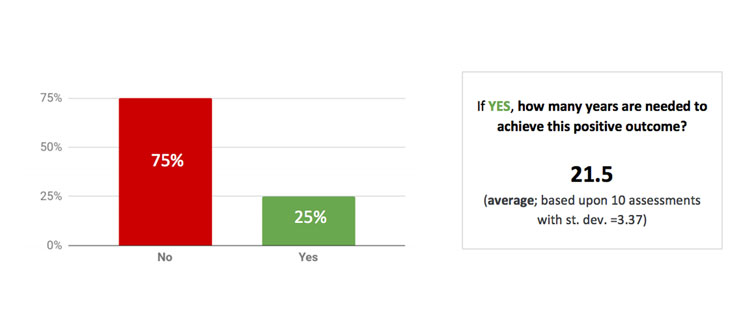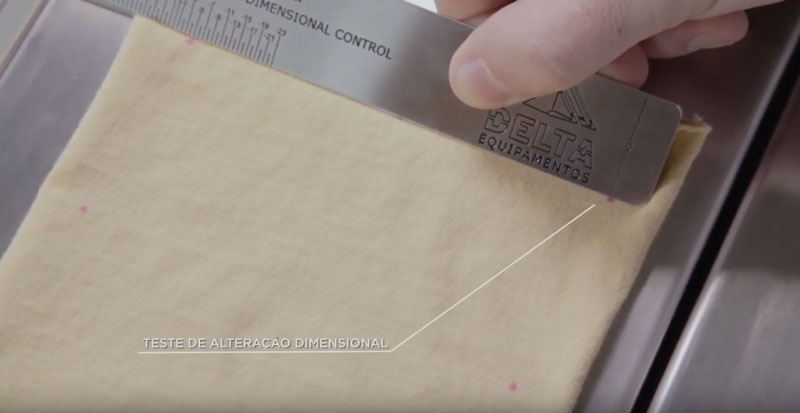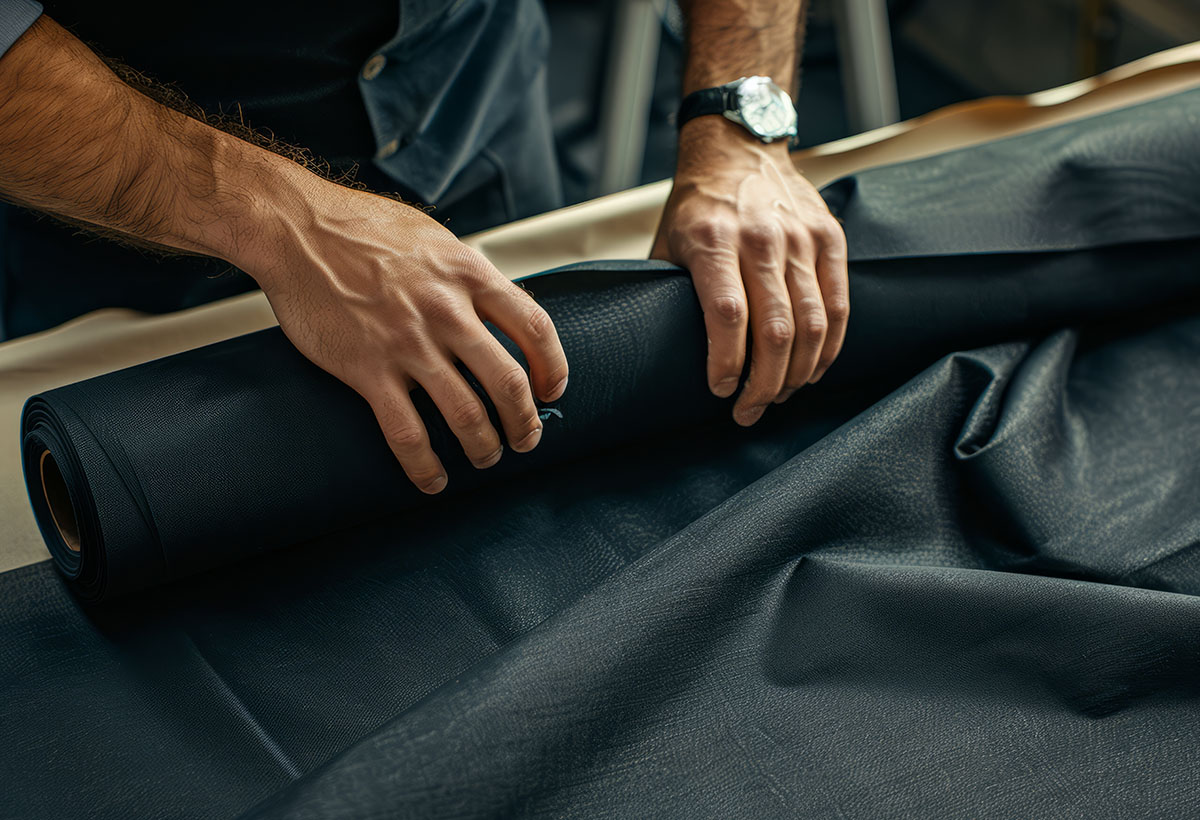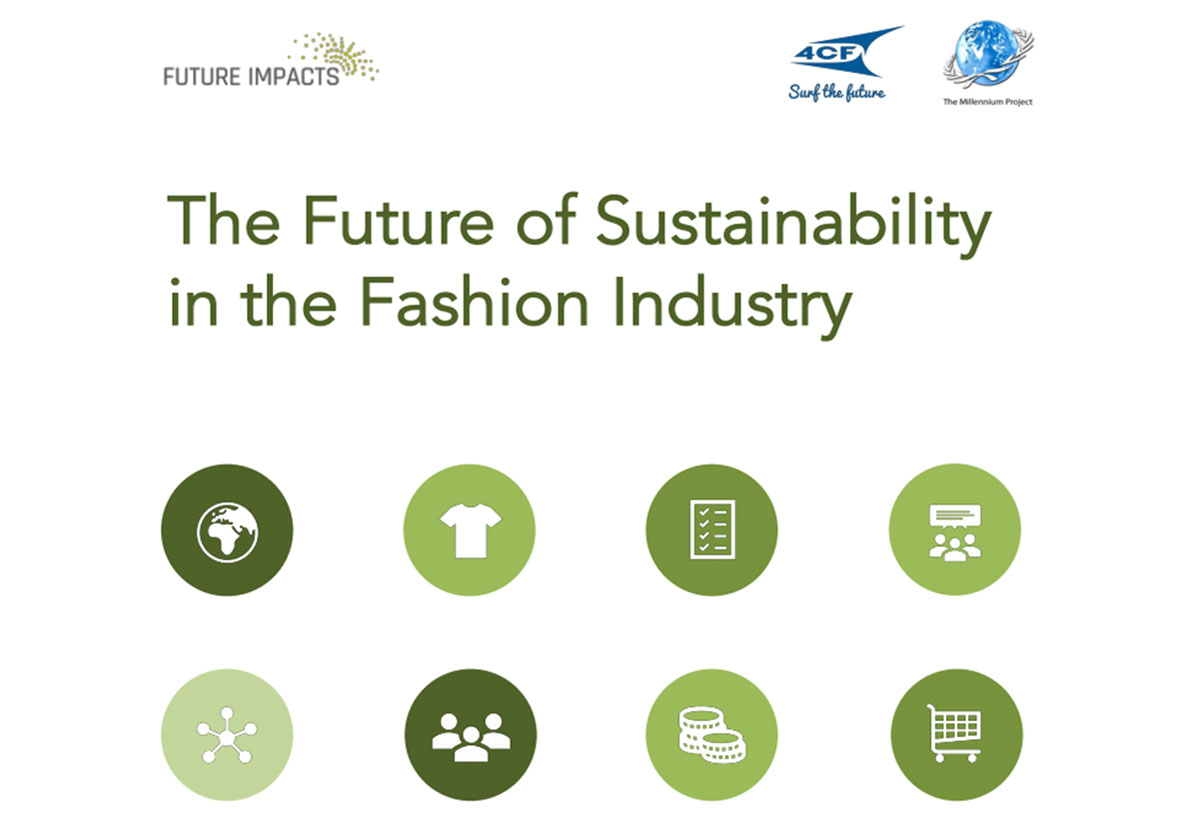The textile industry is considered one of the main villains when it comes to the environment. This happens mainly because of the production processes and also because of the high production that occurs in the world. However, the perspective is that this scenario will be reversed, with sustainable fashion and an increasingly conscious market. The report commissioned by Instituto C&A pointed out that with effort and commitment it is possible for industries to achieve sustainable goals. The study foresees measures that, when implemented, could be decisive in the next 16 years. We have separated some important data from this report so that you understand the direction of the industry in this regard.
Check it out!
Repercussion of the study
The report “The future of Sustainability in the Fashion Industry”, developed by Future Impacts and 4 CF, compiled data that shows what actions are necessary to ensure that the production chain is more sustainable and less harmful to the environment.
For this to be possible, the document stated that it is essential to have the collaboration and encouragement of brands, public bodies and even consumers. However, 75% of the experts who were interviewed believe that the current situation will not have significant changes and the strategies mentioned above will not be achieved. Therefore, the measures that are put into practice today will not be sufficient to achieve the expected result. On the other hand, many companies already have sustainable goals in their planning, which demonstrates their concern regarding the topic.

The survey presents 14 strategies that need to be applied, and they are organized according to the possible impact and the deadline in which it is necessary to implement them. Among such strategies, we can mention the generation of highly detailed reports on sustainability, salaries in the fashion industry and consumer sustainability index. According to the study, by the year 2035 these actions can be carried out as long as everyone working in the fashion industry applies the necessary changes.
The role of quality control in sustainable fashion

One of the main challenges for industries operating in the textile segment is maintaining control of their production processes, which can result in problems such as waste of raw materials, poor quality of the final product, low productivity and so on. Therefore, efficient quality control values the optimization of resources used in all stages of product manufacturing. With this control you minimize failures that occur due to lack of adequate supervision. Errors made in processes can result in waste of raw materials and a large number of parts made with errors, ultimately, many of them will be discarded for use.
Have you read these?
- How to modernize quality control in manufacturing?
- Textile quality control and mesh preparation
- O que é controle de qualidade?
Como funciona na indústria têxtil?
Importance of modernization and the search for sustainability
We know that technology has been a powerful ally for industries and companies that want to optimize their processes, that is, save time and reduce raw material waste. Thus, the union of sustainability and modernization in industries emerges, with the aim of using technological resources in favor of the environment. This becomes viable in industries because technology provides cutting-edge machinery, capable of increasing productivity and minimizing waste of inputs. The result is the reuse of materials, cost reduction and more efficient production control. In addition to investing in technology, fashion companies and industries seek to develop actions that are focused on sustainability, even if this requires rethinking and adjusting their production process.

FONTE: blog da Levis.
Levi’s, for example, has developed 20 innovative techniques that use fewer natural resources. One of them is the saving of water in the manufacture of jeans, and in 2017, around 55% of the pieces were produced using this practice. As we can see in the report “The future of Sustainability in the Fashion Industry” mentioned that there is a need for positioning for both companies and consumers. With the implementation of appropriate actions and the help of technology, it is possible to change the current scenario, in which the textile industry is seen as a villain for the environment. Furthermore, the search for sustainable measures benefits businesses, through productivity gains and increased profits. And do you know how to apply more sustainable strategies in your company? Contact us and learn about our solutions!



